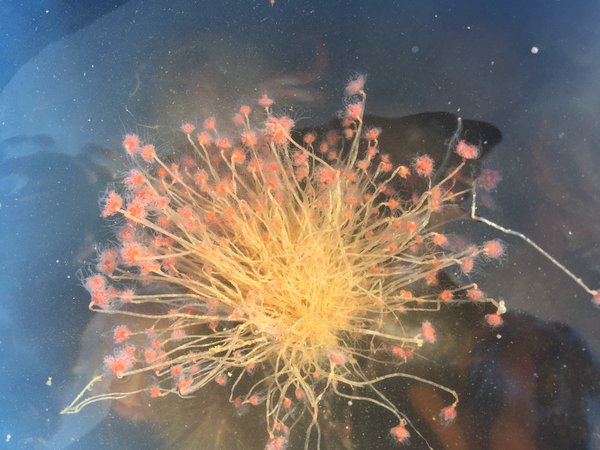 Image 1 of 7
Image 1 of 7

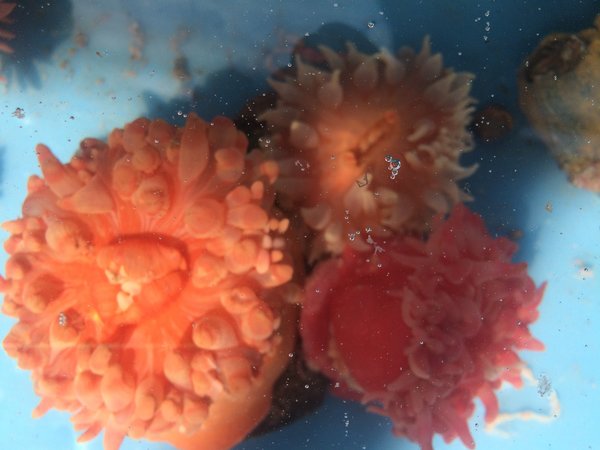 Image 2 of 7
Image 2 of 7

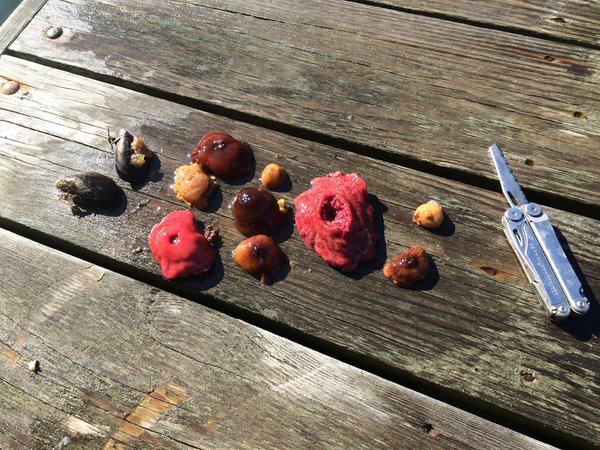 Image 3 of 7
Image 3 of 7

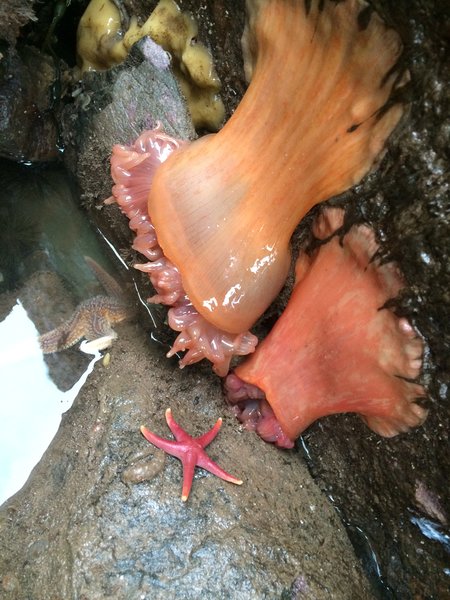 Image 4 of 7
Image 4 of 7

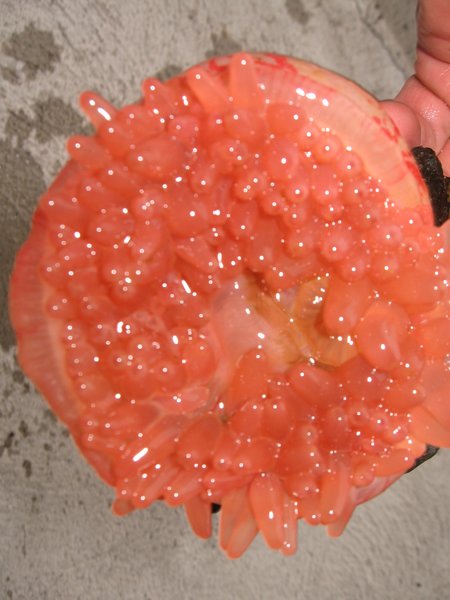 Image 5 of 7
Image 5 of 7

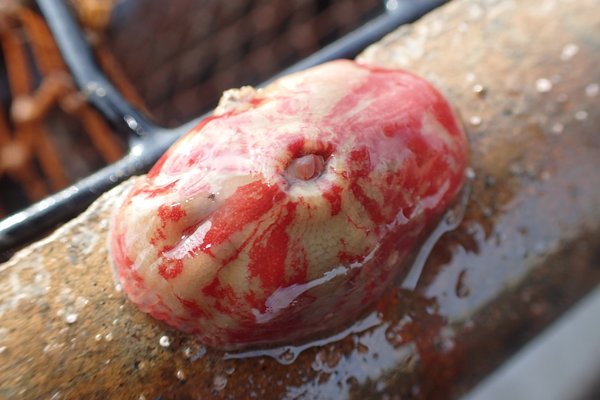 Image 6 of 7
Image 6 of 7

 Image 7 of 7
Image 7 of 7








Northern Red Anemone (Urticina felina)
Common name: northern red anemone or dahlia anemone
Scientific name: Urticina felina
Locations: sub-tidal rock piles, mooring blocks, dock floats, lobster traps, by catch from scallop draggers
Seasonality: available year-round
Colors: bright red, rose, pink with reddish streaks on sides
Size: 2” - 4" base, sometimes larger
Collected: by hand
Quantity: sold by the each
Common name: northern red anemone or dahlia anemone
Scientific name: Urticina felina
Locations: sub-tidal rock piles, mooring blocks, dock floats, lobster traps, by catch from scallop draggers
Seasonality: available year-round
Colors: bright red, rose, pink with reddish streaks on sides
Size: 2” - 4" base, sometimes larger
Collected: by hand
Quantity: sold by the each
Common name: northern red anemone or dahlia anemone
Scientific name: Urticina felina
Locations: sub-tidal rock piles, mooring blocks, dock floats, lobster traps, by catch from scallop draggers
Seasonality: available year-round
Colors: bright red, rose, pink with reddish streaks on sides
Size: 2” - 4" base, sometimes larger
Collected: by hand
Quantity: sold by the each

This anemone's stinging tentacles are retracted into its body column.
Tidepool Tim says, “Red anemones are my personal favorite sea life specimen. They are so colorful, so rugged, and so predaceous. I once witnessed one bend sideways, and engulf a 3" sea urchin in just a few short seconds. Days later the same anemone shrunk down on its base and spit out the remains - just a black ball of waste. This happened right in one of our holding tanks and was amazing to see! It's great fun for kids in a touch tank to put one of their fingers onto the tentacles and feel the velcro-like grip of the anemone. We like to feed them large sandworms, pieces of squid, or even whole live green crabs. The tentacles grip the prey and then deliver it to their mouths. We get our anemones from divers, scallop dragger-men, and sometimes peeled from floats or pilings. When the tide goes out they droopily hang from their pedal disc, deflated from water loss, and lie there until the tide comes back in. In this case they are not so beautiful - rather they look like a saggy half filled red water balloon. the largest red anemones we have seen are 6" in diameter and must feed on fish, jellyfish, crustaceans, and anything else that comes near their thick finger-like tentacles. As imagined - these anemones look wonderful in touch tanks and aquaria - they are easy to feed and live for years!”





